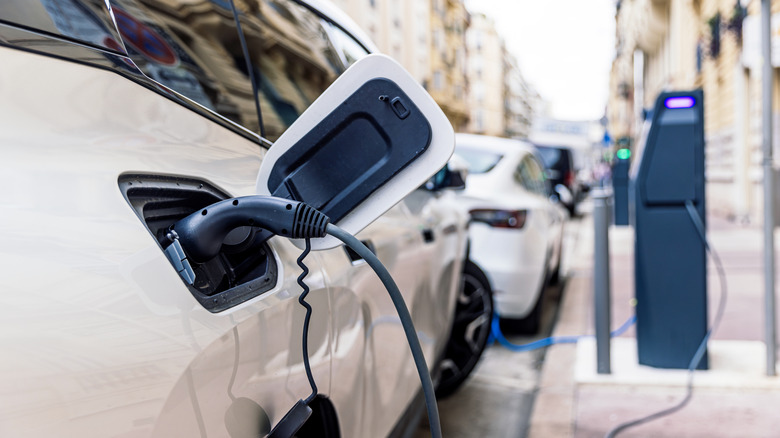The End of California’s EV Mandate
The US Senate has voted to end California’s EV mandate, which originally aimed to phase out gas-powered cars by 2035. The mandate, introduced in 2020, sought to improve air quality standards by requiring all cars to be either fully electric (80%) or hybrid (20%) by 2035. California Governor Gavin Newsom has protested the repeal, calling it “illegal” and vowing to file a lawsuit.

The mandate was part of the 1970 Clean Air Act, allowing California to set independent air quality and emission regulations. Approved in 2022, it covered cars, pickup trucks, and SUVs, setting a gradual zero-emission sales threshold of 35% in 2026, 68% by 2030, and 100% by 2035. California is the largest EV market in the US, accounting for nearly one-third of national EV sales as of 2025.
Impact on Car Buyers
The repeal won’t have an immediate impact on average car buyers’ wallets. However, the cost difference between EVs and gas-powered cars varies depending on the model and range. Entry-level EVs are still slightly more expensive than gas-fueled cars, but long-range EVs can be more affordable upfront. According to Bloomberg, at least three manufacturers – Tesla, Hyundai-Kia, and General Motors – offer EVs with over 300 miles of range for less than the average new vehicle price in the US.

While the initial cost of EVs can be competitive, owning an electric car is significantly cheaper in the long run due to lower fuel costs and maintenance. The California Air Resources Board estimates that buyers can save up to $4,700 in fuel costs in the first year. As battery prices fall, EVs are becoming more affordable across all price brackets.
The repeal’s long-term effects on the EV market remain uncertain, with recent declines in EV sales and manufacturers adjusting their electrification goals. Nonetheless, the shift towards electric vehicles continues, driven by their economic and environmental benefits.



